Jellyfish are fascinating creatures that float gracefully through the ocean, but they are not just passive drifters in the marine ecosystem. Despite their seemingly delicate nature, jellyfish play a crucial role in the food web and are preyed upon by a variety of animals. In this article, we will explore which animals eat jellyfish, their hunting methods, and the ecological significance of these predators.
Before diving into the predators of jellyfish, it’s essential to understand the role jellyfish play in marine ecosystems. Jellyfish are a food source for many aquarium/52-marine-animals.html">marine animals and are an integral part of the oceanic food web. They consume plankton and small fish, and in turn, they provide nutrition for larger creatures. Understanding the animals that eat jellyfish can shed light on the dynamics of ocean ecosystems.
Here are some of the most notable animals that include jellyfish in their diet:
Species: Loggerhead turtles, Green turtles
Hunting Method: Sea turtles, particularly the leatherback and green turtle, are some of the most well-known jellyfish predators. They use their strong jaws to grasp jellyfish and often consume them whole.
Ecological Role: By controlling jellyfish populations, sea turtles help maintain balance in marine ecosystems.
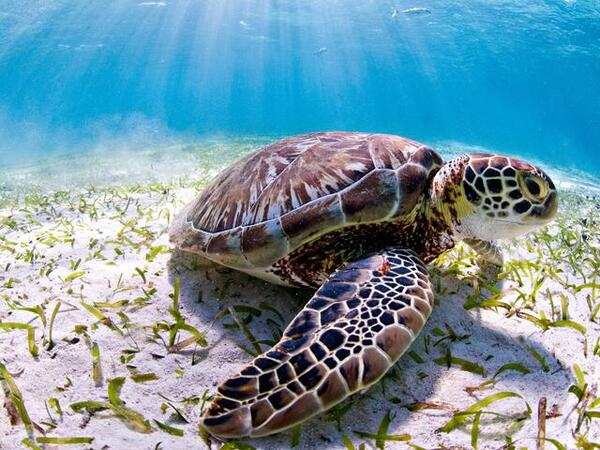
Species: Ocean sunfish
Hunting Method: The ocean sunfish is known for its massive size and unique shape. It primarily feeds on jellyfish by floating near the surface and consuming them whole.
Ecological Role: As a large predator, the sunfish plays a vital role in regulating jellyfish populations and nutrient cycling in the ocean.
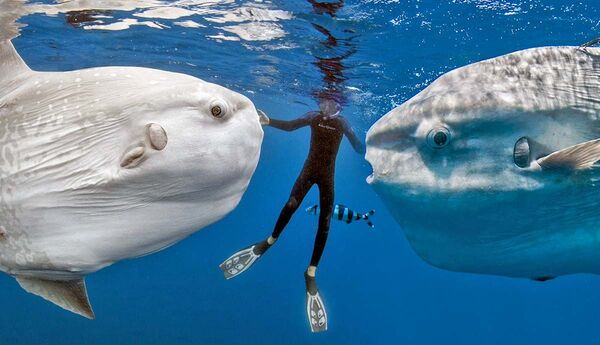
Species: Moonfish, Various species of wrasse and butterflyfish
Hunting Method: Some fish species actively hunt jellyfish by biting them or pecking at them. Their specialized teeth allow them to consume the gelatinous body of the jellyfish.
Ecological Role: These fish help keep jellyfish populations in check, ensuring a balanced marine environment.
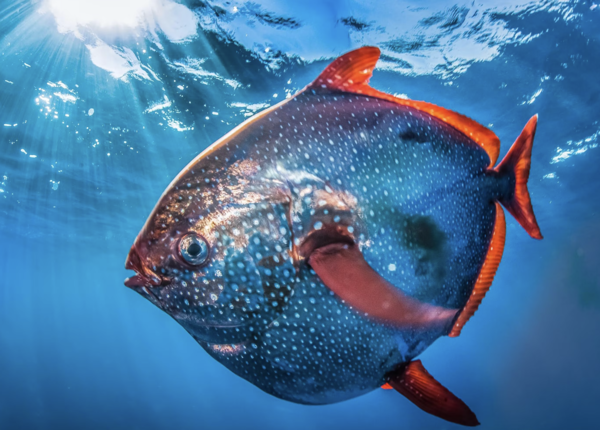
Species: Some species of sea anemones and other jellyfish
Hunting Method: Sea anemones, equipped with stinging cells (nematocysts), can capture and consume jellyfish that drift too close.
Ecological Role: These predatory cnidarians contribute to the dynamic balance of marine life by feeding on jellyfish.
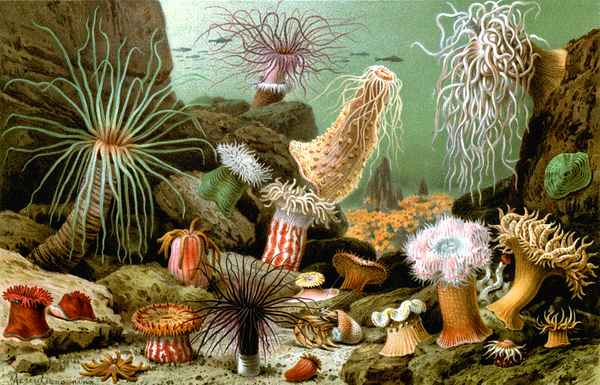
Species: Certain types of crabs and shrimp
Hunting Method: Some crustaceans, like the green crab, will scavenge on dead jellyfish or capture smaller jellyfish using their pincers.
Ecological Role: By feeding on jellyfish, these crustaceans recycle nutrients back into the ecosystem.
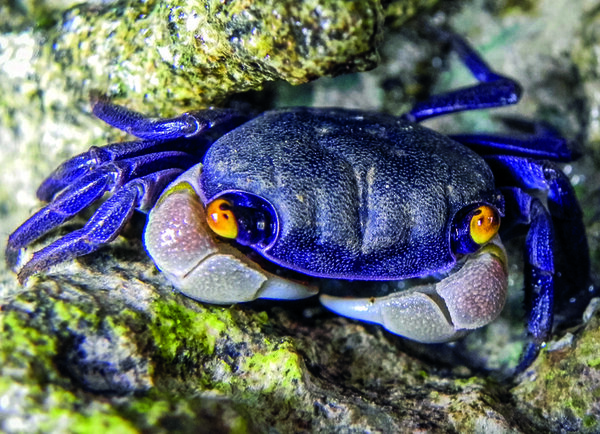
Species: Various seabirds, such as seagulls and fulmars
Hunting Method: Seabirds often feed on jellyfish, particularly when they are near the surface or washed up on beaches. They may peck at jellyfish to consume their softer parts.
Ecological Role: By eating jellyfish, seabirds contribute to controlling their populations and providing energy transfer to higher trophic levels.
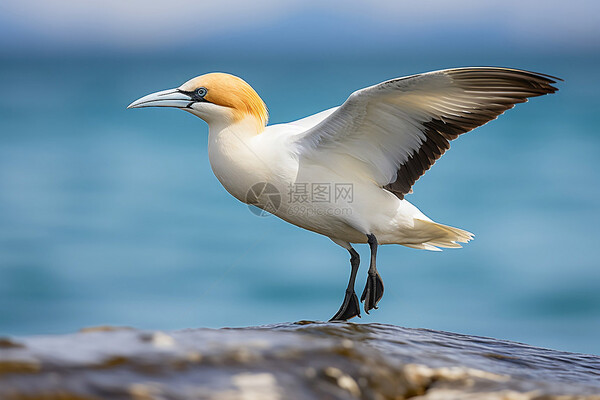
The predation of jellyfish by various animals is vital for maintaining healthy ocean ecosystems. Overpopulation of jellyfish can lead to negative effects, such as:
Disruption of Food Webs: High jellyfish populations can outcompete fish for food and disrupt the balance of marine life.
Impact on Fisheries: Jellyfish blooms can clog fishing nets and damage the fishing industry.
By understanding the animals that eat jellyfish, we can appreciate the intricate relationships in marine ecosystems and the importance of biodiversity.
Jellyfish are not just drifting organisms; they are a crucial food source for various aquarium/52-marine-animals.html">marine animals, including sea turtles, sunfish, fish, crustaceans, and seabirds. These predators play an essential role in maintaining the balance of ocean ecosystems. Understanding the dynamics of these relationships highlights the complexity of marine life and the interconnectedness of all species. As we continue to study and protect our oceans, recognizing the importance of jellyfish and their predators is essential for sustaining healthy marine ecosystems.
animal tags: Jellyfish
We created this article in conjunction with AI technology, then made sure it was fact-checked and edited by a Animals Top editor.